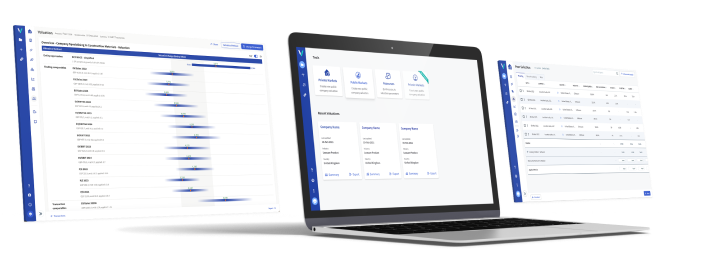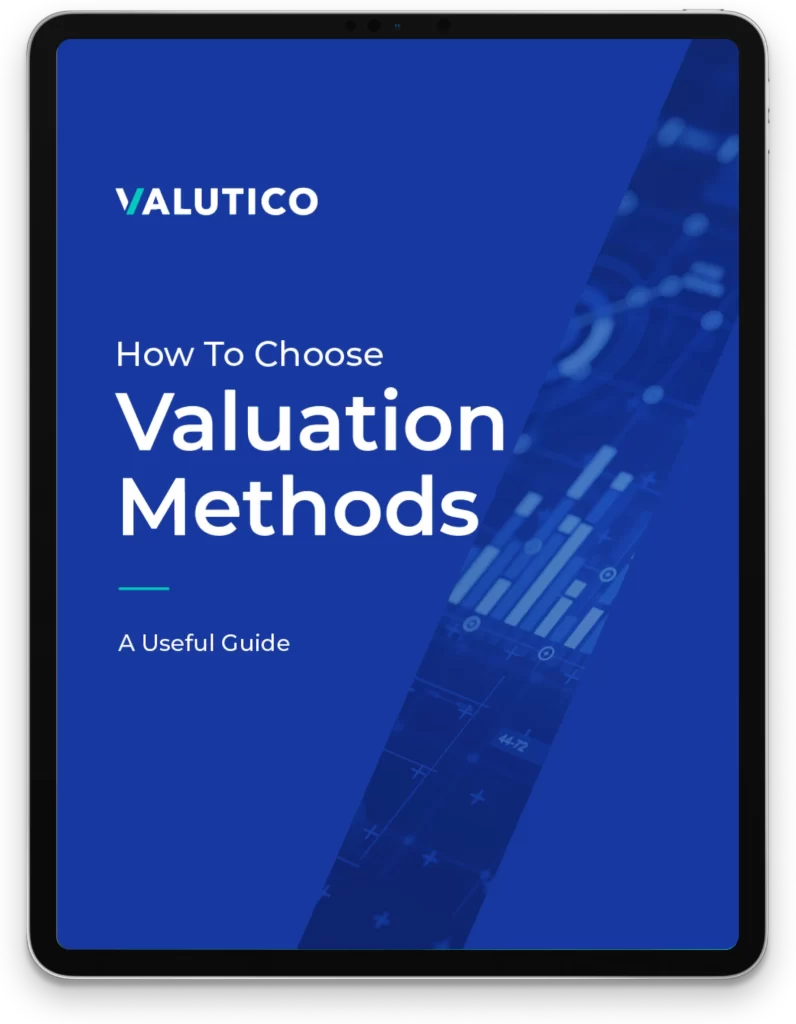
Comparable company analysis (CCA) is a popular approach to valuing a company, especially in accounting, M&A, investment banking and corporate finance fields. It involves comparing a company’s financial metrics to those of its peer companies to determine its valuation. However, while a CCA can provide a useful snapshot of a company’s value, it has both pros and cons.
What are the pros and cons of the comparable company analysis approach to valuation? On the positive side, CCA is relatively easy to perform and can provide a quick estimate of a company’s price. It is also widely used in the industry, which makes it a useful benchmark for comparison purposes. CCA can also be used in conjunction with other valuation methods to provide a more comprehensive analysis of a company’s value. However, on the negative side, CCA requires a set of comparable companies for analysis, which can be difficult to find for companies in niche industries. It also does not consider company-specific or non-financial factors that may impact a company’s valuation. Additionally, CCA can be impacted by market volatility and may not reflect changing market conditions or differences in accounting practices between companies.
Do you want to find comparable companies for your analysis? Valutico has more than 3TB of market-leading comparable company data covering almost every country. Get in touch to learn how Valutico can help you value companies faster.
Key takeaways:
- CCA is a widely used and easy-to-perform method of valuation.
- CCA requires a set of comparable companies for analysis, which can be difficult to find for companies in niche industries.
- CCA only considers financial metrics and does not account for company-specific or non-financial factors that may impact a company’s valuation.
- CCA can be impacted by market volatility and may not reflect changing market conditions or differences in accounting practices between companies.
- CCA can be used in conjunction with other valuation methods to provide a more comprehensive analysis of a company’s value.
Comparable Company Analysis – What’s Good? The Pros to CCA Explained
- Widely used: Comparable Company Analysis (CCA) is a widely used valuation method in investment banking, private equity, and other financial industries. This makes it a common language and framework for analyzing companies.
Example: If an investment banker is evaluating a company for an initial public offering (IPO), they are likely to use CCA to value the company. - Uses publicly available information: CCA uses publicly available information such as financial statements, stock prices, and other market data to compare a company to its peers. This makes it more accessible and easier to use than other valuation methods that require proprietary information.
Example: An analyst can easily gather the necessary data to perform a CCA by reviewing the SEC filings of the companies they are analyzing. - Relatively simple: CCA is a relatively simple and straightforward method of valuation. It involves comparing the financial metrics of a company to those of its peers, making it easy to understand and use for analysts and investors. It’s also useful for CEOs and CFOs of SMEs that aren’t familiar with the process of Discounted Cash Flow.
Example: A private equity firm can use CCA to compare the valuation of a potential acquisition target to similar companies in the industry. - Provides a range of values: CCA provides a range of values for a company, based on the values of its comparable peers. This range can help analysts and investors better understand the potential value of the company being analyzed.
Example: A portfolio manager can use CCA to determine the range of values for a company in order to decide whether to invest in it or not. - Can be used for multiple industries: CCA can be used to value companies in a wide variety of industries, making it a flexible valuation method for analysts and investors.
Example: An analyst can use CCA to compare the valuations of companies in the technology industry, the healthcare industry, and the retail industry. - Can be used in conjunction with other valuation methods: CCA can be used in conjunction with other valuation methods such as discounted cash flow (DCF) analysis or precedent transactions analysis (PTA) to provide a more comprehensive valuation of a company.
Example: An investment banker can use CCA to determine a range of values for a company and then use DCF analysis to provide a more detailed valuation based on projected future cash flows.
Comparable Company Analysis – What’s Bad? The Cons to CCA Explained
- Limited comparables: CCA requires a set of comparable companies for analysis, and finding appropriate comparables can be difficult, especially for companies in niche industries.
Example: An analyst may struggle to find appropriate comparables for a company in the emerging blockchain industry. - Can be impacted by market volatility: CCA can be impacted by market volatility, as the values of comparable companies can fluctuate rapidly, leading to an unreliable valuation.
Example: A company may be undervalued compared to its peers due to short-term market fluctuations, even if it has strong long-term prospects. - May not reflect changing market conditions: CCA may not reflect changing market conditions or future growth or trends that impact a company’s valuation over time.
Example: A company in the technology industry may be undervalued compared to its peers if CCA only considers historical financial metrics and does not reflect changing trends in the industry. - Assumes comparable companies are truly comparable: CCA assumes that the comparable companies are truly comparable in terms of size, industry, and other relevant factors, which may not always be the case, therefore the price may not reflect the value accurately.
Example: Two companies in the same industry may have vastly different business models and growth prospects, making them difficult to compare using CCA. - Limited to public information: CCA is limited to publicly available information and may not reflect private information that could impact a company’s valuation.
Example: A company may have a strong pipeline of proprietary technology that is not reflected in its publicly available financial statements. - Relies on market perception: CCA relies on the market’s perception of a company’s value and may not reflect its true intrinsic value, therefore the price outcome may be inaccurate.
Example: A company may be undervalued compared to its peers if the market perceives it to be in a declining industry, even if it has strong long-term prospects.
In conclusion, the comparable company analysis approach to valuation has both pros and cons that should be considered before using it as the sole method of valuation. While CCA is easy to perform and widely used in the industry, it requires a set of comparable companies for analysis and does not account for company-specific or non-financial factors that may impact a company’s valuation.
However, CCA can still be a useful tool when used in conjunction with other valuation methods. To access the best comparable company data available and gain a more comprehensive analysis of a company’s value, it is recommended to book a demo with Valutico valuation software specialists. Valutico can provide a personalized demo to showcase the range of data and insights their platform can offer for your specific business needs.



